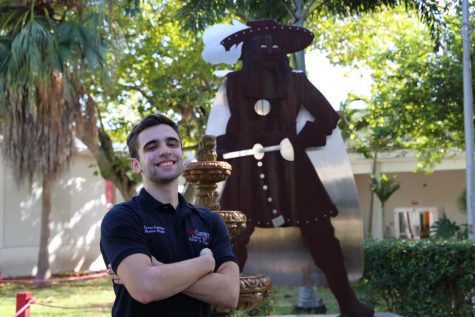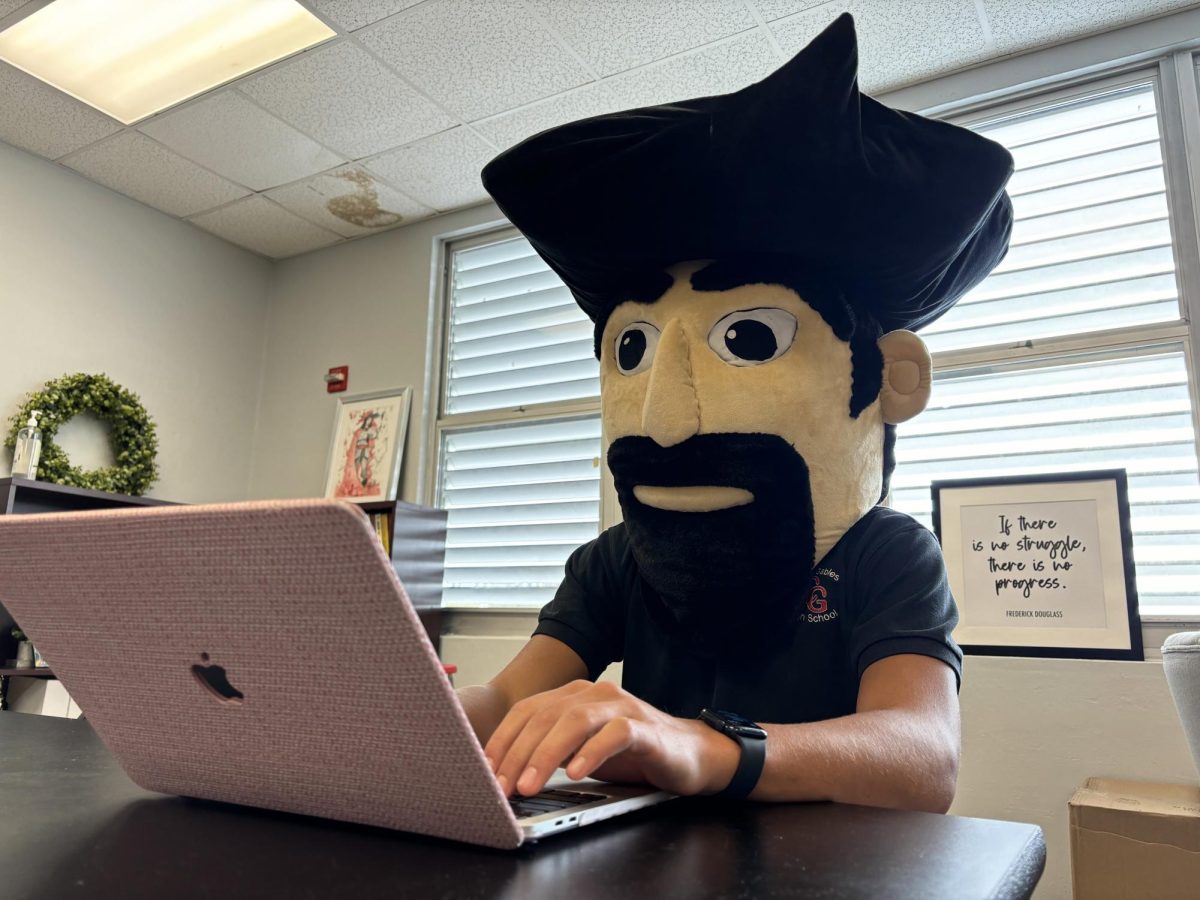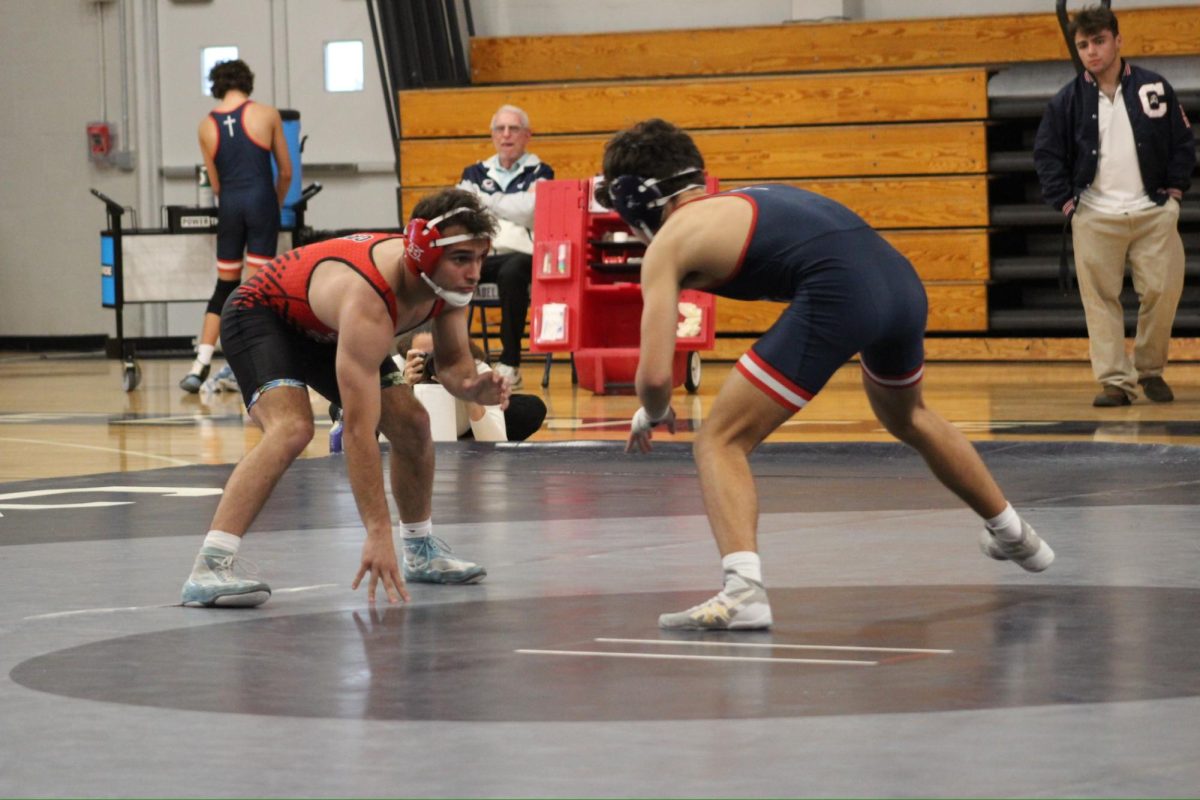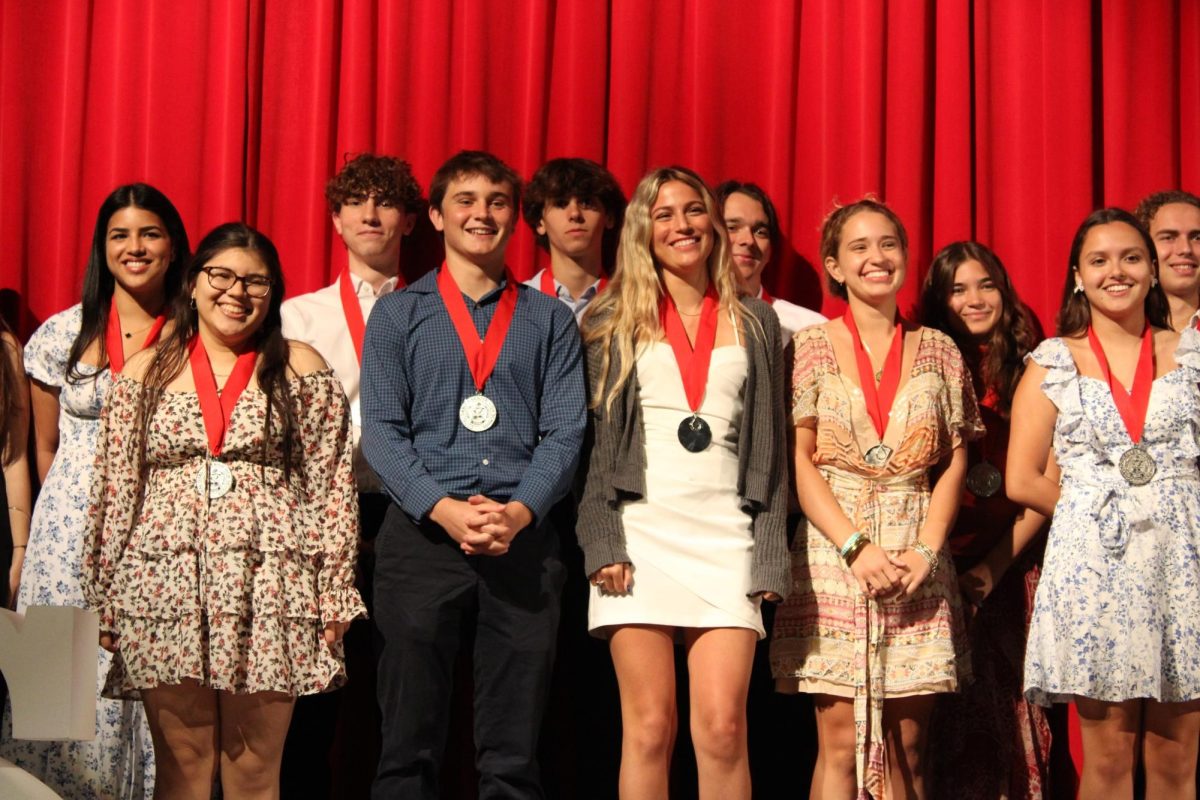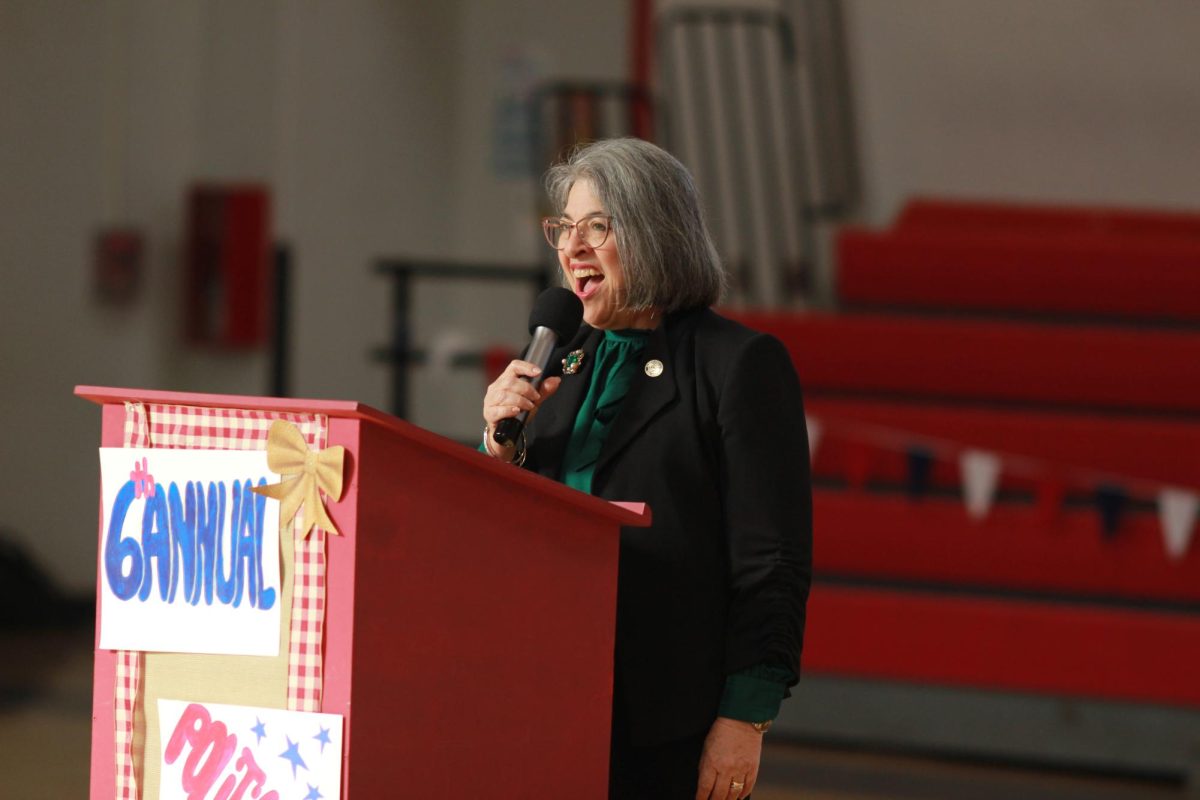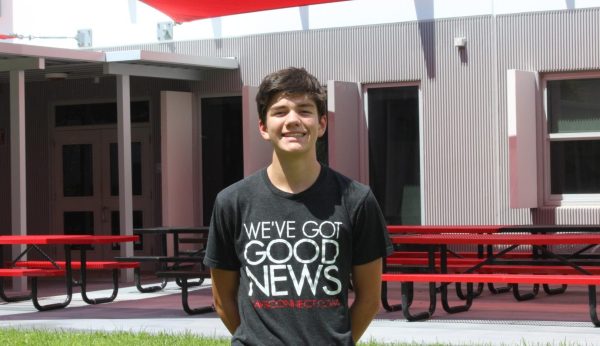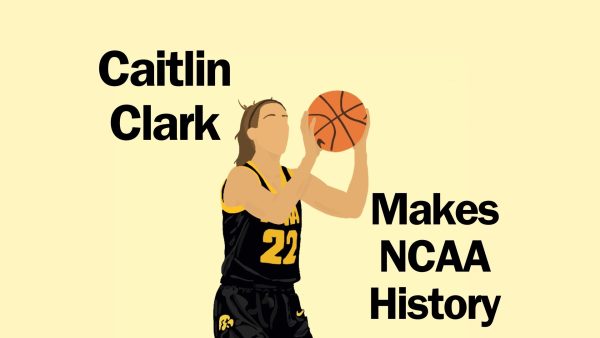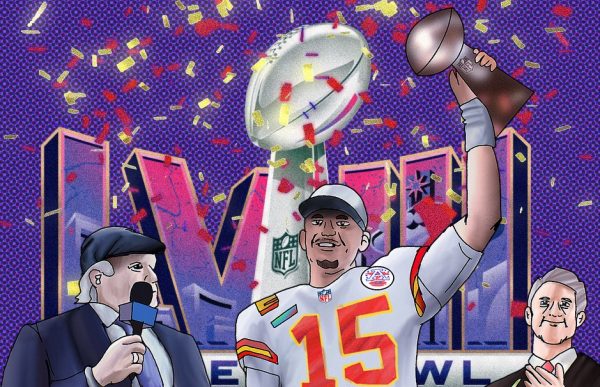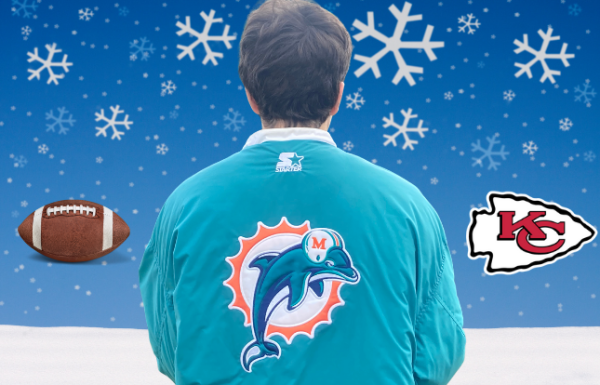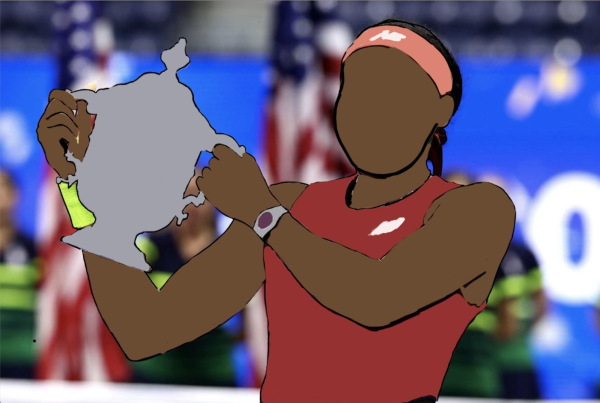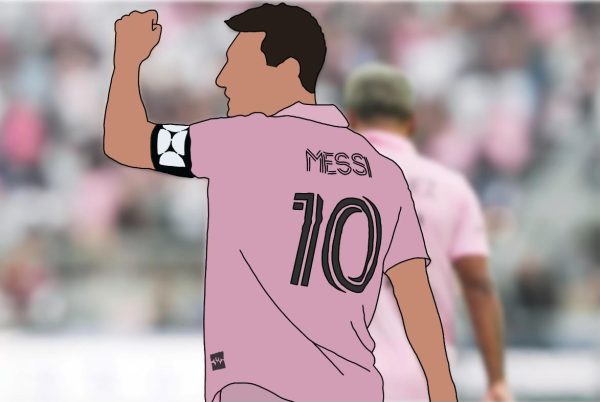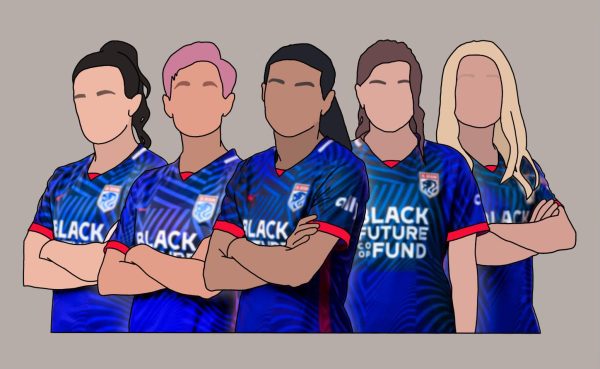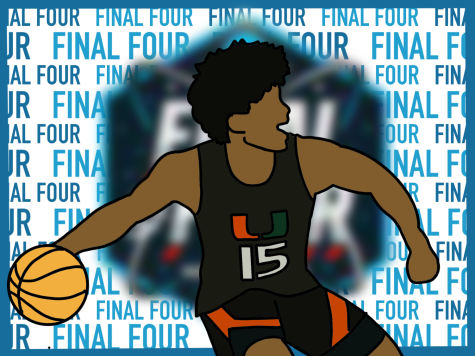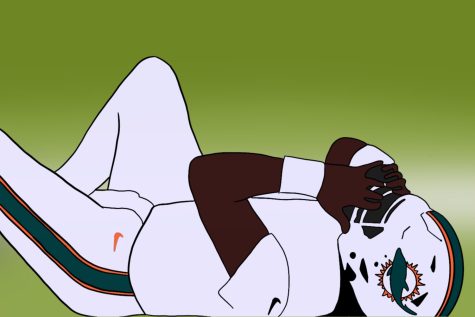Going, Going, Gone! Marlins “All-In” With Firesale Rebuild
Dec 20, 2017
“Moving forward there will be at times unpopular decisions,” that will be made for the “betterment” of the franchise. These words marked the entrance of Derek Jeter, now chief executive officer and co-owner of the Miami Marlins, and foreshadowed a bittersweet ending to the rejoice felt by Marlins fans across the country following a change in ownership.
When word got out that Derek Jeter, long-time “captain” of the New York Yankees, along with a group led by Roger Sherman, would buy the Miami Marlins organization from Jeffrey Loria, nothing short of elation and exuberance was felt buzzing around the city of Miami. Hopeful for the revival of professionalism in what has been commonly referred to as a disorganized team, the presence of Derek Jeter served as a symbol of hope for the Marlins following the roller coaster of a decade they had been burdened to experience. However, Derek Jeter’s honeymoon and praise plummeted to an all-time low and was surprisingly short-lived.
Just weeks after his grand entrance, Derek Jeter fired long-time announcers and broadcasters who have earned a lot of appreciation and love over the course of the careers. Rich Waltz, a play-by-play analyst in the Fox Sports Florida booth, had been the televised voice of the Marlins for 13 years prior to his unexpected firing by the hands of the new organizational leaders. To the further discontent of fans, Jeff Conine, also known as Mr. Marlin, Hall of Fame players Andre Dawson and Tony Perez and World Series Champion Coach Jack Mckeon were all relieved of their duties and contributions. The release of these significant figures in Marlins history have created indescribable disgust towards Derek Jeter, and have no exemplified reason as of this point. The magnitude of his tyrannical actions have even led to him getting boo’ed at locations where he is publicly displayed, like the Miami Heat and Golden State Warriors basketball game at American Airlines Arena for instance.
The main focus for the new heads of the organization was to cut down the team’s 2018 payroll from the projected $140 million to around $90 million. The “unpopular decisions” stem from this notion as to minimize their 2018 spending, they moved around some key, yet expensive, components of their team to rebuild it from the bottom up. The reasoning behind this is that the Marlins have had seven consecutive losing seasons. With a Minor League affiliate team ranked 28th out of 30 in the MLB, and a professional team that was slightly above average, the Marlins would undoubtedly be in an endless cycle of loss with continuation of the same tactics, especially after the tragic loss of pitching ace Jose Fernandez. With this in mind, Derek Jeter ultimately came to the decision of starting over entirely and revamping their Minor League teams to ensure a bright future for the organization.
“To be honest, I’ve been a Marlins fan for a while and I know exactly what Jeter is doing. Most fans think he’s getting rid of all the studs in order to have a smaller payroll in 2018 and wait out 10 years to become a powerhouse team, but the fact is that we suffered a huge loss in pitching last year. We need this rebuild and a fresh, new start if we want to compete again,” freshman Andres Arzola said.
Since his entry to the Marlins as a CEO, Derek Jeter had negotiated with other baseball teams for nearly two months regarding a potential trade opportunity for Giancarlo Stanton, the reigning MVP of the National League. Although teams lined up to bid for the All-Star slugger, the Marlins had a rather high asking price; they wanted to rid themselves of Stanton’s remaining contract salary of $295 million, in addition to some prospects to improve their Minor League system. Wary of this asking price, most of the teams stepped back, except the San Francisco Giants and the St. Louis Cardinals. Ironically, the Marlins accepted deals from both teams, but were vetoed from doing so by Giancarlo Stanton’s no-trade clause, which allows him to dictate where he gets traded.
Growing impatient with the complications of Stanton’s intricate contract, the Marlins would make a bold and jaw-dropping move by trading Dee Gordon, their two-time stolen base champion, to the Seattle Mariners in exchange for young Minor Leaguers. The Marlins followed this by threatening Stanton that he would be a “Marlin for life” and “the lone star on a stripped down team” if he were to veto the next trade proposition presented to him. In turn, he provided a list of teams to the Marlins into which he would accept a trade. Interestingly, they were the best four teams in baseball in 2017: the New York Yankees, the Chicago Cubs, the Los Angeles Dodgers and the Houston Astros.
Shortly after, the negotiations resumed and intensified rapidly. Stanton, along with $265 million of his contract (the Marlins still would be paying $30 million) would be traded days later to the New York Yankees for All-Star second baseman, Starlin Castro, and young prospects Jorge Guzman and Jose Devers. This, amongst all the drama surrounding Derek Jeter, created the greatest source of controversy because he traded away his best player to his former team, creating a modern-day “Murderer’s Row” that is reminiscent of the 1927 New York Yankees with Babe Ruth. Now representing the pinstripes, Stanton will take sides with the American League Rookie of the Year and Home Run Derby champion, Aaron Judge, on a team that was one game away from reaching the World Series in 2017.
In a matter of two days, the Marlins had successfully shed over a third of a billion dollars. However, as the MLB Winter Meetings approached, the Fish looked to make another splash and traded their two-time All-Star left fielder, Marcell Ozuna, to the Cardinals for the same deal they had previously accepted for Stanton. Not expensive, yet valuable, the Marlins bolstered their minor league system with the addition of three more prospects. Most notably, Sandy Alcantara, a young fireball pitcher, is expected to make his first big league appearance in 2018 as a starting pitcher in the Opening Day rotation.
At this point in the off-season, it is clear that the Marlins have fully jumped into “rebuild mode.” Much to the displeasure of the fans for the loss of key players, the organization is confident that their bold moves now will have lasting effects in the future. It is unlikely that the Marlins will deal anybody else before the season starts, as they have already made significant pushes to reach their budget. Manager Don Mattingly and Derek Jeter have publicly claimed that they will look to build their teams around center fielder Christian Yelich and catcher J. T Realmuto. Despite the complications, there is still a token of hope that the Marlins will improve in the years that follow.
“The moves Derek Jeter is making are to clearly shape the future of the Marlins. Trading for young prospects that have a lot of value and potential, along with their mix of refined Major Leaguers, will definitely bring a winning culture to the Marlins,” sophomore Branden Vital said.
Click here to catch up on any Marlins news, trade rumors and highlights from last year’s baseball season as Spring Training approaches.
[powr-poll id=62e77843_1513519903573]



